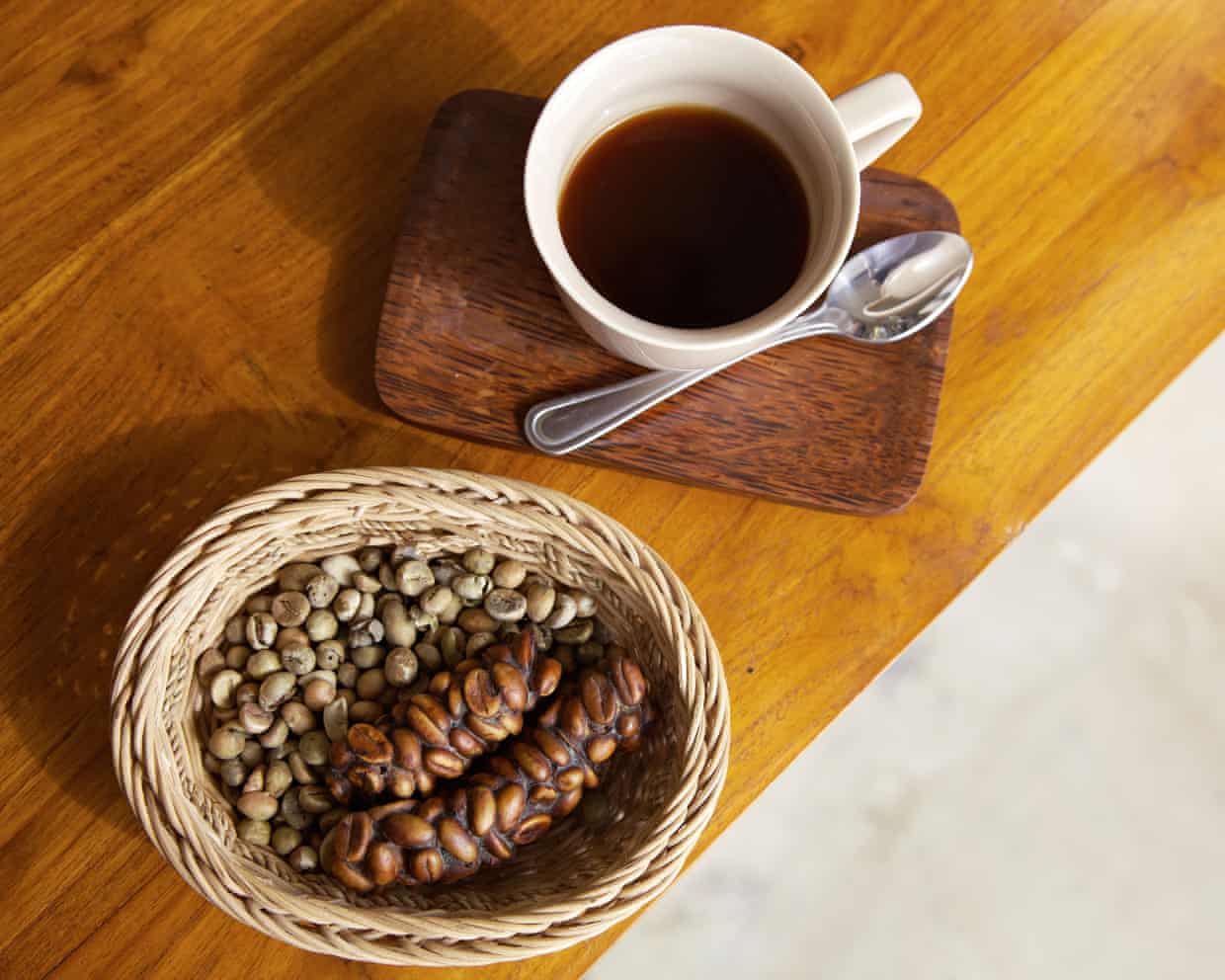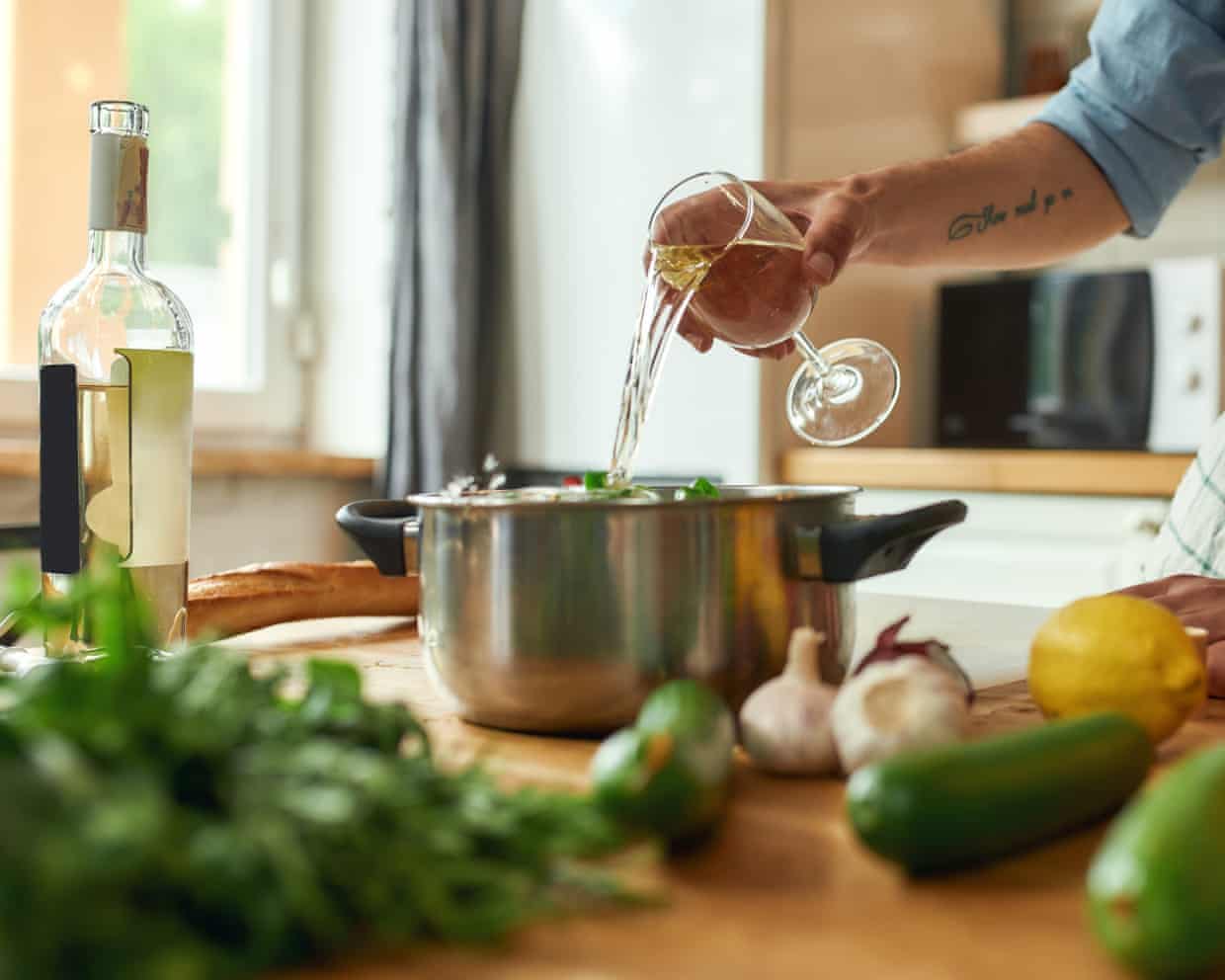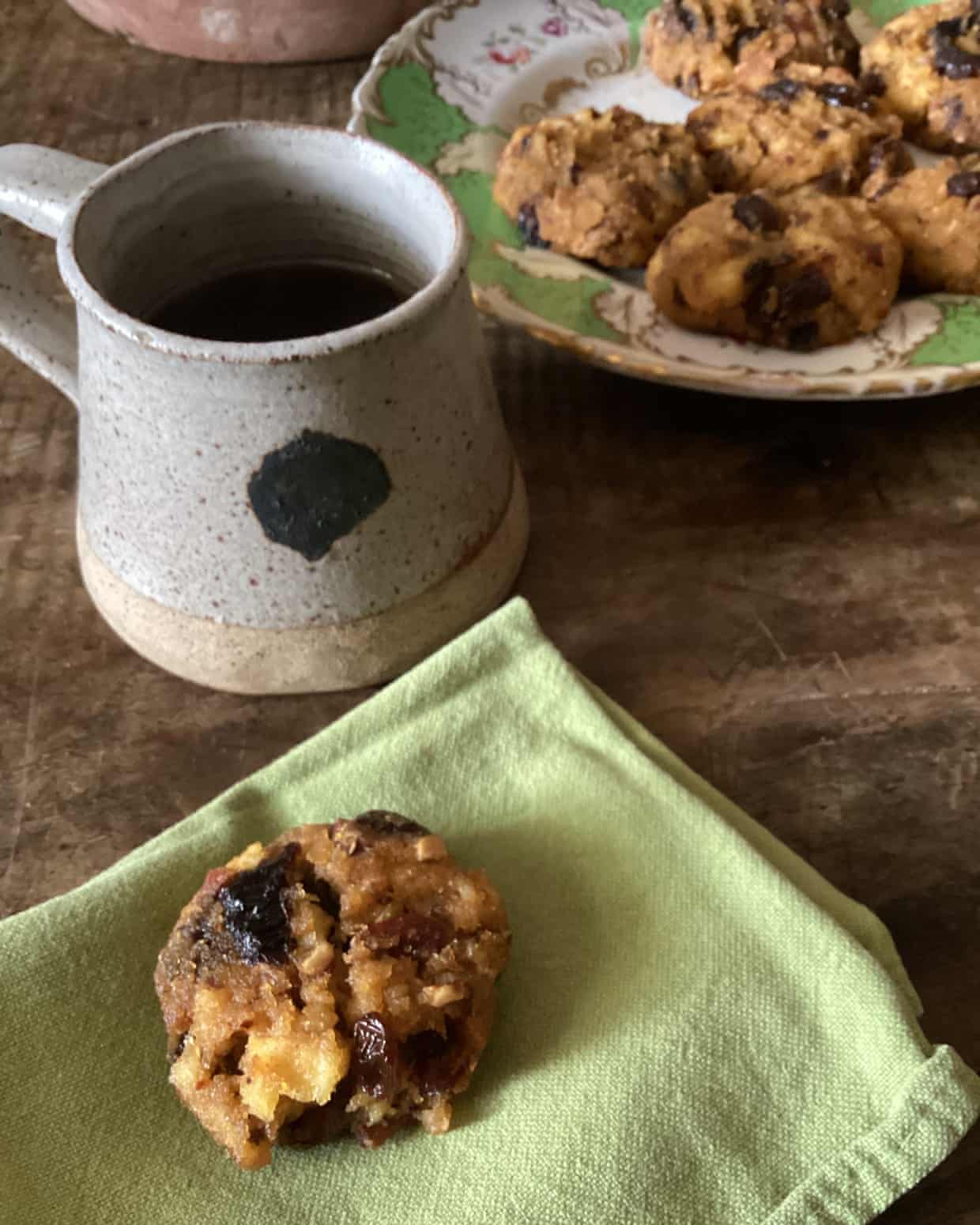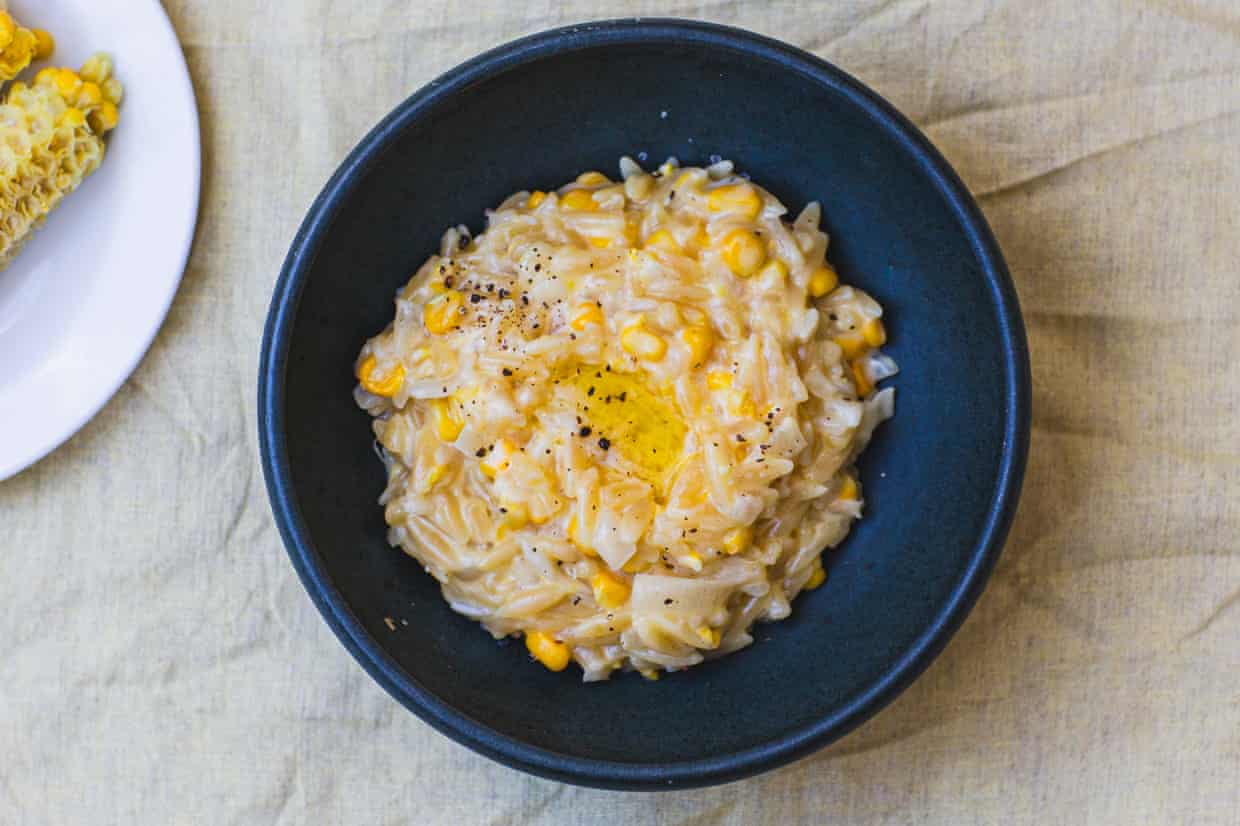Pat Cummins ruled out of first Ashes Test, with Steve Smith to captain Australia

Pat Cummins is officially out of the first Ashes Test as he continues his recovery from a stress injury in his back, with Steve Smith to reassume the captaincy of Australia in the series opener against England next month.Cummins has not bowled since Australia’s 3-0 series defeat of West Indies in July and had been in serious doubt for the match in Perth on 21 November.After months of speculation over whether he would recover in time, Cricket Australia on Monday finally confirmed that the quick would have to sit out the game at Optus Stadium.The 32-year-old’s acumen with the ball in hand and his presence as a leader on the field will be sorely missed, and with uncertainty remaining over when he will be able to feature again, his absence comes as a blow to Australia’s hopes of retaining the Ashes urn.The 32-year-old has resumed running and “expects to return to bowling shortly”, CA said on Monday, although an exact date has not been put on any return to full fitness.
Cummins has previously indicated he would like a full four weeks of bowling before returning to the starting XI, meaning the second Test in Brisbane starting on 4 December would be a realistic target, if he can resume bowling in the next week or so.Smith, who was stripped of the captaincy in the wake of the sandpaper scandal in 2018, has since filled in for Australia six times as Cummins’s vice-captain since the bowler assumed the role in November 2021.Smith boasts a better batting average as captain (68.98), compared with when not in the role (49.9).
Sign up to The SpinSubscribe to our cricket newsletter for our writers' thoughts on the biggest stories and a review of the week’s actionafter newsletter promotionCummins’s absence likely paves the way for the Victorian quick Scott Boland to come into the team and partner Josh Hazlewood and Mitchell Starc for the first Test at least,Australia’s coach, Andrew McDonald, was to speak to media in Canberra later on Monday,

Peter Hall obituary
My grandfather Peter Hall, who has died aged 82, was one of England’s best known winegrowers. The writer Andrew Jefford described him as “the father of the contemporary English wine scene” – a significant feat for anyone, let alone a man who taught himself winemaking from a paperback, and whose self-planted vineyard totalled six acres.Breaky Bottom Vineyard, near Lewes, in East Sussex, was Peter’s passion. For five decades he worked meticulously on it: tending the vines by hand, labelling each bottle and taking the maligned Seyval Blanc variety from punchline to prizewinner.Peter was born at Rangeworthy Court, his family’s country home in Gloucestershire, and grew up in Notting Hill, London, together with his brothers Rémy and Patrick

‘Fermented in the gut’: scientists uncover clues about kopi luwak coffee’s unique taste
It is a coffee beloved by Hollywood and influencers – now researchers say they have found an ingredient that could help explain the unique flavour of kopi luwak.Also known as civet coffee, kopi luwak is produced from coffee beans that have passed through the digestive system of the Asian palm civet. The resulting product is not only rare, but very expensive – costing about £130 for 500g.It is also controversial, with animal welfare experts raising concerns that some producers keep civets in battery-style conditions.Researchers say they have uncovered new clues as to the coffee’s unusual taste, revealing unroasted beans retrieved from civet poo have differences in their fat content to those from ripe coffee berries manually collected from trees

Leftover wine? Now we’re cooking | Hannah Crosbie on drinks
I love to cook with wine – sometimes I even put it in the food! So the saying goes, and whenever I see it on a birthday card, driftwood wall-hanging or kooky coaster, I can’t help but make a mental note that I agree.The Guardian’s journalism is independent. We will earn a commission if you buy something through an affiliate link. Learn more.That said, I haven’t always seen the point of cooking with wine, and particularly of cooking wine

Rachel Roddy’s recipe for leftover polenta biscuits | A kitchen in Rome
This, then, was the situation: it was Friday night after a long week, and having met a friend on the way home for a glass of wine, which arrived with crisps, taralli, dry roasted peanuts and enough salt that we needed another glass, it seemed a good idea to go home and cook polenta – the long-stir sort as opposed to the instant variety, although I always have that in the cupboard, too. Another good idea, which came to me as I pulled a new packet from the back of the dresser and ignored the flutter of tiny wings, was to make more than enough polenta and pour the extra into a Pyrex dish while it was still hot, so it could set into a block to be cut into slices and grilled the next day.I’ve written about polenta before; how the word is ancient and generic – referring to any mushy dish made from cereal flour and water – and how, after its arrival in Europe in the 1600s, it became synonymous with ground maize. There exists a world of different grades and milling, but, broadly speaking, when you buy ground maize (cornmeal) for polenta, you will have two options: finely ground (which might also be white) for a soft, thin polenta, and coarsely ground, which will have glassy-looking grains and makes an excellent body scrub and a harder, tastier polenta. The latter also takes much longer to cook, anything from 40 minutes to several hours, depending on who (or which packet) you consult, although in my experience an hour is almost always enough, and anything beyond that is more a way of deepening the flavour

Don’t chuck your parmesan rind – it is an excellent stock cube – recipe | Waste not
Parmesan rinds are the ultimate zero-waste hack – like a cheesy stock cube, they enrich stews, sauces and all sorts, and add pure deliciousness in the form of umami depth and creamy texture. Stored in the fridge or freezer, they keep almost indefinitely. This week’s recipe uses them in a thrifty, creamy corn orzo that transforms a few simple ingredients into comforting autumn fare.This dish was a happy accident, and left me and my family drooling for more. I was planning a classic tomato orzo to use up that half-bag in the cupboard left over from making a pasta salad, but wanted something more seasonal

No waste, all taste: Max La Manna’s comfort food pantry-raid recipes
Cooking with little to no waste isn’t about rules; it’s about rethinking old habits. Take inventory of the food you already have (I like taking a photo of my fridge and pantry before I go shopping), stick to your list and buy only what you need. Make sure you store it properly, too, so it lasts longer, and don’t forget to cook with a bit of curiosity: that bendy carrot, yesterday’s rice, the broccoli stem you’d normally bin – they all have potential. Start small, and trust me: you’ll notice the wins in no time, saving money, time and food from the bin. For me, low-waste cooking isn’t restrictive, it’s liberation

AI models may be developing their own ‘survival drive’, researchers say

‘He’s one of the few politicians who likes crypto’: my day with the UK tech bros hosting Nigel Farage

‘Sycophantic’ AI chatbots tell users what they want to hear, study shows

Meta found in breach of EU law over ‘ineffective’ complaints system for flagging illegal content

Amazon reveals cause of AWS outage that took everything from banks to smart beds offline

Trump pardons founder of Binance, world’s largest crypto exchange